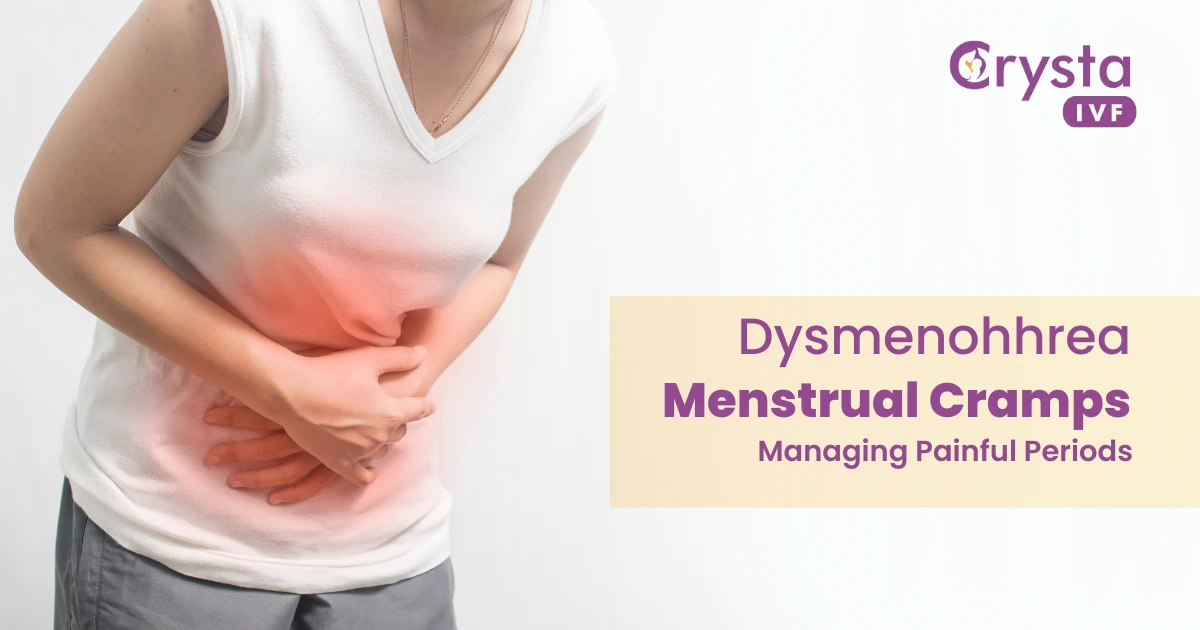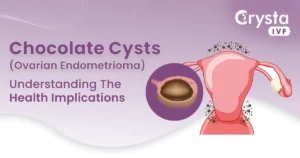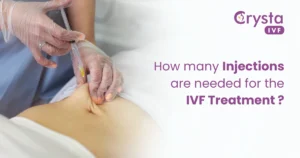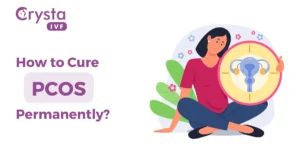Painful Periods is a normal to experience, but the situation slips out of hand when it becomes extreme and lets you suffer alone. Also, being a taboo topic, getting fair knowledge is necessary, especially when, with the lack of adequate information on period hygiene, most girls are unaware of what periods are until they get them themselves. And if you believe the pain hits girls only in adolescence, you are entirely wrong.
Usually, women expect milder pain once they reach their mid-20s. But if you start to experience painful periods after 25 or if your cramps become severe, it can be a sign of a medical issue. For which medical treatment is required, particularly if you are going forward to plan for a baby. So, to give you a comprehensive insight into the biggest taboo and to break the several myths regarding painful menstruation, we are back once again with this article, but before we unfold the loopholes of managing painful periods, let’s take a look at what painful periods are with their causes and symptoms.
Understanding Painful Periods: Causes And Symptoms
Popularly known as menstrual cramps (dysmenorrhea), they are identified as throbbing or cramping pain in the lower abdomen. And it is natural to have menstrual cramps just before and during the period. However, as everyone has a different body, the discomfort annoys some women. For others, the menstrual cramps can be very severe, deadly enough to interfere with everyday activities for a few days every month. So, to deal with these complications and to take action for your health, it is required to understand in detail by monitoring the causes and symptoms of painful periods.
Painful Periods Causes
The most commonly identified painful periods causes are:
Endometriosis
It is a disease in which tissue similar to the uterine lining grows outside the uterus. It causes painful periods, leads to several pains in the pelvis, and makes it hard for women to get pregnant.
Uterine fibroids
They are common noncancerous tumors that can grow in and on your uterus. Though not all fibroids can cause symptoms, when they do, they include symptoms like heavy menstrual bleeding, frequent urination, back pain, and pain during sex. However, to get rid of painful menstruation, you need treatment with medications and surgery if you have larger fibroids than smaller ones.
Also read What are Uterine Fibroids?
Pelvic inflammatory disease
Pelvic Inflammatory disease is an infection of a woman’s reproductive organs And is often caused by some STDs like chlamydia and gonorrhea.
Cervical stenosis
It is a condition where the cervix is either too narrow or fully closed, troubling the passage between the uterus and vagina.
The above-listed factors are the leading causes of painful periods, and in most cases, they lead to infertility too. But before you think of anything else, let’s scrutinize the symptoms of painful periods to get alert on time and consult the best gynecologist.
Painful menstruation symptoms
- Throbbing or cramping pain in your lower abdomen that can turn out to be intense
- Dull or continuous aches
- Pain that radiates to your lower back and thighs
- Pain that starts 1 to 3 days before your period starts, peaks 24 hours after the onset of your period, and becomes less severe in 2-3 days.
- Nausea
- Loose stools
- Headache
- Dizziness
You will not experience all these symptoms simultaneously; these signs will vary from woman to woman. So if you experience any of these symptoms and are not sure what to do, consult a gynecologist and search for the diagnosis methods so that effective treatment can be started at the earliest.
Diagnosis: The options to look out for
Your healthcare provider will review your medical history and perform a physical exam, including the most vital pelvic exams. During your pelvic exam, your healthcare provider will monitor any unusual activity with your reproductive organs and the signs of infection to start the treatment.
Your healthcare other tests and some other tests along with the pelvic exam.
Ultrasound
In ultrasound, the sound waves create an image of your uterus, fallopian tubes, ovaries, and cervix.
Laparoscopy
Laparoscopy helps to detect those conditions that cause painful periods, such as endometriosis, fibroids, adhesions, ovarian cysts, or ectopic pregnancy. In this diagnosis, your healthcare provider will monitor your abdominal cavity and reproductive organs by making small incisions in your abdomen to insert a fiber-optic tube with a minor camera lens.
Other imaging tests
A CT scan combines X-ray images captured from many angles to provide cross-sectional images of your body’s organs, bones, and other soft tissues. An MRI works with radio waves and magnetic fields to produce detailed internal structure images. Both tests are non-invasive and painless.
After the diagnosis, it is time to consult with your healthcare provider and plan an effective treatment on time. Also, to ease the pain, you can make significant lifestyle changes and home remedies to bring out your best, even during painful periods.
Specific lifestyle changes to follow
The lifestyle changes that are essential to make to reduce your painful periods are:
- Exercise regularly
- Reduce stress
- Look for dietary supplements.
- Use a heating pad on your lower abdomen.
- Getting enough sleep and rest
If you are still left with some bothersome menstrual cramps, it is time to make an appointment with your healthcare provider and look out for the various treatment plan options to get rid of menstrual cramps and painful periods as early as possible.
Treatment Options
Pain-relievers
Your healthcare provider can suggest certain pain-relievers based on your health condition to help you control your pain. So start taking the pain reliever at the beginning of your period or when you start feeling symptoms until your symptoms are gone. However, it is suggested that you always consult your healthcare provider before taking any medication.
Hormonal birth control
Oral birth control pills have hormones that prevent ovulation and lower the risk of menstrual cramps. You can also get these hormones delivered in several other forms: an injection, a skin patch, an implant placed under the skin of your arm, a flexible ring inserted into your vagina, or an intrauterine device (IUD).
Surgery
if your menstrual cramps result from disorders such as endometriosis or fibroids, surgery will be performed to rectify the complications of painful periods. Surgical removal of the uterus might also be an option if any other treatments fail and you are not planning to have children.
These treatment options can help you overcome menstrual cramps, so connect with the best gynecologist to look out for your menstrual health.
Talk to the best gynecologist!
Painful periods are complicated to deal with cramps, but you don’t have to suffer and be isolated. You might get cramps, but you don’t have to walk alone on this journey. To get the best solution, talk to the best gynecologist in Kolkata at Crysta IVF about your painful periods. As healthcare experts at Crysta IVF, we ensure you get a personalized treatment option before taking action for better health.




